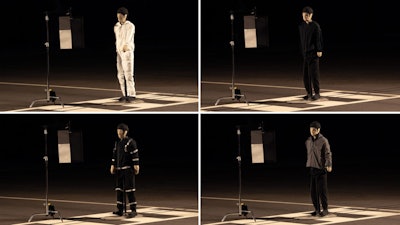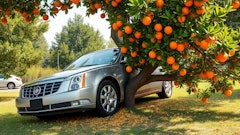
Toronto, Ontario – In this weekly electric and autonomous vehicle report, Northvolt’s planned North American plant to be built in Quebec, looks for ways to proceed following talks of bankruptcy; while a recent study from the Insurance Institute for Highway Safety (IIHS) indicates that reflective clothing may confuse automatic emergency braking systems.
Bankruptcy barriers
According to recent reports, it remains unclear whether Northvolt North America’s electric vehicle battery plant project in Quebec will proceed after its parent company filed for bankruptcy in Sweden last Wednesday.
Notably, as highlighted by the Canadian Press, the manufacturer’s Canadian subsidiary says Northvolt AB underwent exhaustive efforts to secure a viable financial and operational future, but remained unsuccessful in these efforts.
However, Northvolt North America further reported that it remains solvent and intends to honour its obligations.
The company’s battery plant project, Northvolt Six, was originally set for construction approximately 25 kilometres east of Montreal, Quebec, and was intended to develop battery cells and cathode active material for electric vehicles.
The Quebec government reportedly hopes that a buyer can be found for the North American operations.
High-vision hazards
A new study from the IIHS indicates that reflective clothing for pedestrians may make them invisible to automated crash prevention systems.
The study specifically investigated the effects of conspicuous clothing and increased roadway lighting on the performance of the pedestrian AEB systems installed in three 2023 models—a Honda CR-V, Mazda CX-5 and Subaru Forester.
Additionally, researchers conducted multiple trials with an adult-sized dummy clothed in a variety of reflective and non-reflective outfits. Tests were also conducted with reflective strips added on the dummy’s limbs and joints.
Multiple trials were run at 40 kilometers per hour with no roadway lighting, with 10 lux of illumination in the crosswalk or with federally recommended 20 lux of illumination in the crosswalk. Moreover, the dummy crossed the track perpendicular to the path of the vehicles in all scenarios.
When looking at the individual vehicle tests, the CR-V and CX-5 hit the dummy in 84 percent and 88 percent of the test runs, respectively, while the Forester avoided a collision in all but one trial.
“The placement and motion of reflective strips on the joints and limbs of pants and jackets allow drivers to quickly recognize the pattern of movement as a person,” said David Kidd, a senior research scientist at IIHS in the study. “Unfortunately, the moving strips didn’t have the same effect for the pedestrian AEB systems we tested and probably confounded their sensors.”
To see the full study, click here.





















